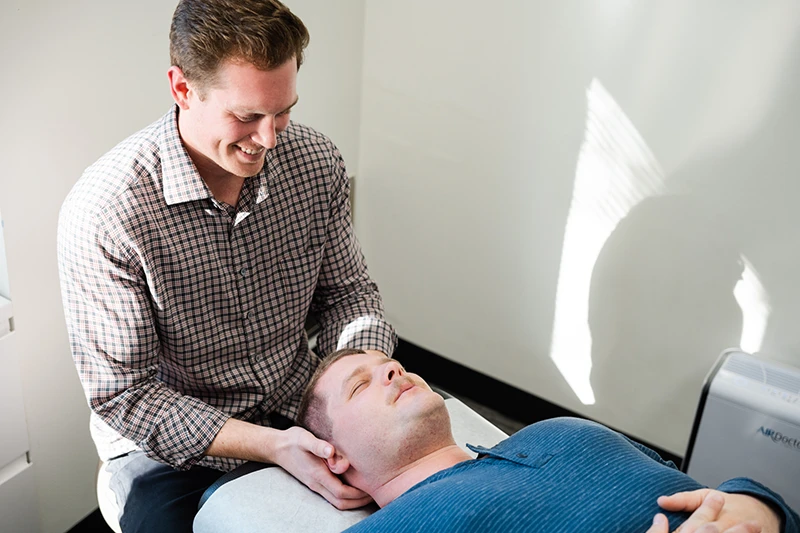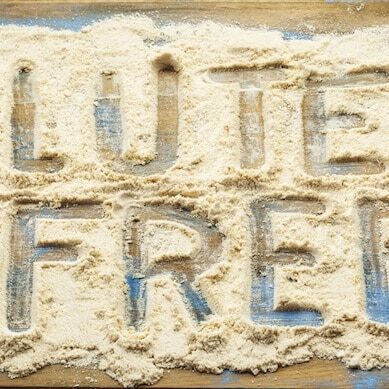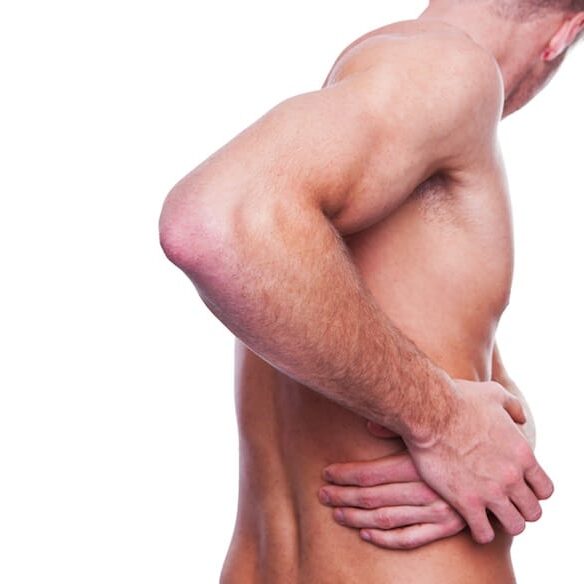The complex nature of a chronic illness can profoundly impact an individual’s ability to move and maintain flexibility. Accordingly, Restoration Healthcare physicians may prescribe manual medicine, encompassing various hands-on manipulations and physical interventions. Treatment modalities that use hands-on techniques and physical interventions can alleviate symptoms to manage pain, enhance mobility, and promote healing effectively.
Why is Manual Medicine Needed for a Complex Chronic Illness?
Our physicians commonly make manual medicine as a part of the plan of care goals for patients undergoing treatment for chronic illness. A complex chronic disease can cause significant mobility, flexibility, inflammation, circulation, weakness, and fatigue issues.
Manual medicine can assist in addressing the symptoms that are common to complex chronic conditions to reduce pain, improve range of motion, and restore function by addressing restrictions and dysfunctions in the body’s tissues. It can include joint mobilization, soft tissue mobilization, and muscle energy techniques.
- The underlying condition can directly affect the muscles, joints, and nerves, leading to decreased range of motion and difficulty moving.
- Inflammation and pain associated with the illness can further restrict movement and make it challenging to perform daily activities.
- The illness may also result in muscle weakness and fatigue, further impairing mobility and flexibility.
What to Expect from Manual Medicine
Manual therapy encompasses various techniques to improve musculoskeletal and physical function and cognitive health. Joint mobilization, soft tissue mobilization, and spinal manipulation are just a few examples of the types of manual therapy that can be used as part of a treatment plan for chronic illness. At our clinic, it is performed by trained doctors who use their hands to manipulate and mobilize the joints, muscles, and soft tissues of the body.
By using hands-on techniques, therapists can identify and address areas of restriction or dysfunction in the musculoskeletal system. This can include weakness from being sedentary and in pain, joint stiffness, muscle tightness, or scar tissue formation. By applying specific pressure and movements, therapists can help to improve joint mobility, release muscle tension, and break up scar tissue, allowing for improved movement and function.
Additionally, manual and physical medicine can improve overall physical function and quality of life for individuals and get a person back to resume daily activities and exercise routines. By incorporating therapeutic exercises, such as strengthening and conditioning programs, these treatments help to enhance muscle strength, flexibility, and endurance. This not only aids in managing symptoms but also promotes independence and self-care, which empowers patients to participate in their healing process actively.
Types of manual therapies
- Joint mobilization involves the skilled manipulation of joints to restore their normal range of motion.
- Soft tissue mobilization focuses on treating muscle and fascial restrictions. Techniques such as deep tissue massage, myofascial release, and trigger point therapy reduce pain, improve flexibility, and promote healing.
- Spinal manipulation applies controlled manual actions to the spine to restore proper alignment and function.
Getting Back to Movement and Mobility
Our goal at Restoration Healthcare is to get you moving and back to your everyday life, including exercise. Chronic illness can leave a person immobile, exhausted, and incapable of getting through their day at home, completing their work, or enjoying the benefits of being active. When our patients have become well enough to regain their ability to be active, we suggest Foundational Training, developed by Dr. Eric Goodman.
Foundational training is a method of exercise that focuses on strengthening the core and improving overall body stability. It involves a series of movements and exercises that target the deep muscles of the back and abdomen, as well as the glutes and hips. By strengthening these muscles, foundational training helps to improve posture, reduce pain, and enhance athletic performance.
It is designed from the ground up to help you unwind any damage done to your body and its movement system and — just as important — to assist you in becoming the pain-free and highly-functioning person you deserve to be. As Dr. Goodman says, “Getting fit and feeling good doesn’t need to be a pretentious or complicated undertaking.”
When you participate in the Foundation Training, you’ll quickly see that we do away with the bells and whistles and rely on you, your breathing, and your movement. Guided by our Foundation Training-certified staff, we take you through a series of postures, poses, and movements, all aimed at restarting your muscle chain and then teaching your body to move efficiently, powerfully, and in balance.
This type of training is suitable for people of all fitness levels and can be done with little to no equipment. Incorporating foundational training into your fitness routine can be a great way to build a strong and stable foundation for your body.
These techniques, such as massage, joint mobilization, and stretching exercises, help relieve muscle tension, reduce inflammation, and restore proper alignment. This can significantly alleviate pain and discomfort, allowing individuals to regain functional abilities and engage in daily activities more efficiently.
Eric Goodman’s foundational training consists of three key steps:
- The first step is to focus on improving posture and alignment. This involves exercises that target the core muscles and promote proper spinal alignment.
- The second step is to strengthen the posterior chain, including the back muscles, glutes, and hamstrings. This is done through exercises like bridges and dead lifts.
- The final step is to integrate movement patterns that mimic real-life activities. This helps to improve overall functional strength and mobility.
In conclusion, manual medicine and Foundational Training are valuable therapeutic approaches for managing complex chronic illnesses. By addressing musculoskeletal issues, relieving pain, and improving physical function, these treatments offer a holistic approach to care. Through hands-on techniques and physical interventions, individuals can experience relief from symptoms, enhanced mobility, and improved quality of life.





